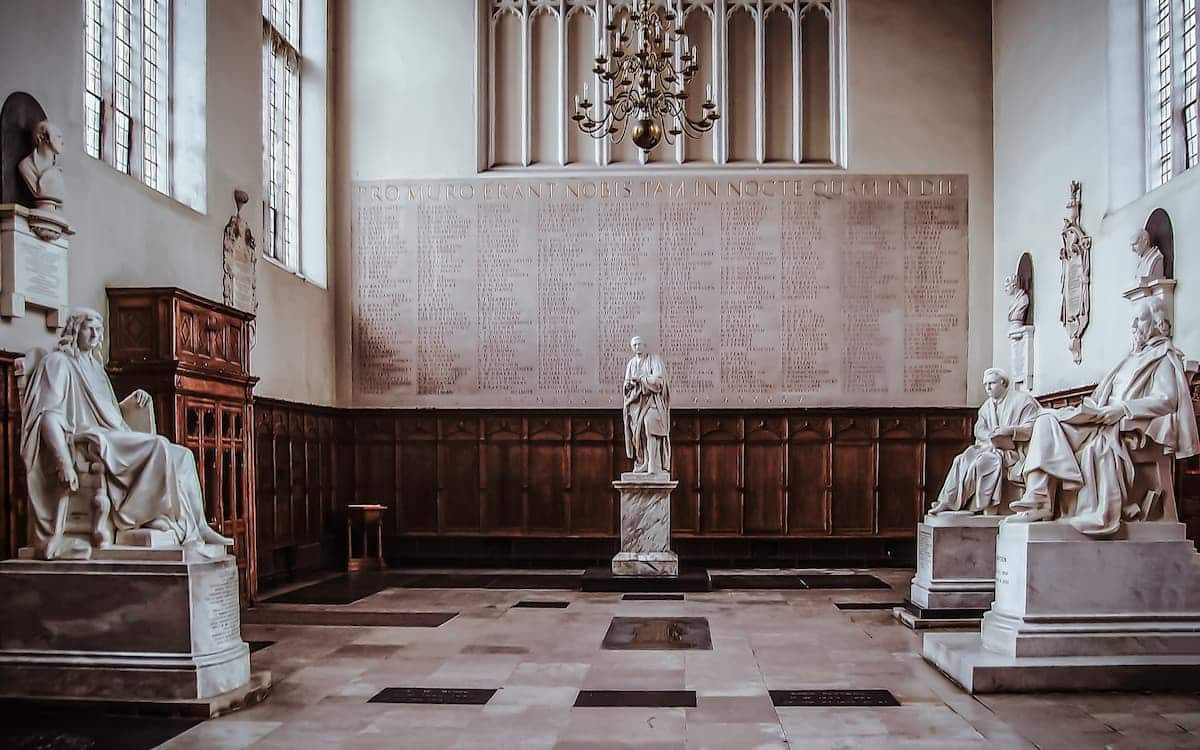After decades in a private collection, the Chemical Heritage Foundation (CHF) of the United States purchased a 17th-century alchemical manuscript handwritten by Isaac Newton.
The paper is a copy of another alchemist’s known manuscript, written in Latin, as usual. The title translates as ‘Preparation of the Sophick Mercury for the Philosopher’s Stone by the Antimonial Stellate Regulus of Mars and Luna from the Manuscripts of the American Philosopher.’ It explains how to make ‘sophick’ mercury (short for ‘philosophic’ mercury).
“Philosophic mercury was supposed to be a material that could be used to break down metals into their constituent parts,” says James Voelkel, the CHF’s curator of rare books. The concept is that you can disassemble the metals and recombine them to make various metals.’ He adds that the procedure was part of the effort to create the philosopher’s stone, a mythological material thought by alchemists to be capable of turning lead into gold.
Although it is unknown whether Newton attempted to produce sophick mercury, it is possible that he utilized the work as a reference when undertaking his alchemical experiments. His laboratory diary, which is now held at the University of Cambridge in the United Kingdom, makes no mention of the procedure. However, Voelkel claims that attempting it ‘would not have been out of character.’
The document also includes a description of one of Newton’s original experiments, in addition to the copied text. ‘With Newton’s manuscripts, it’s common for him to turn them over and write something else on the back if they lie around long enough,’ adds Voelkel. ‘There is a notation in this case about an experiment he conducted, and it’s a method for making a volatile spirit from lead ore. The correspondence between Newton’s view and that of numerous alchemical authors is superb.’
Alchemical Anonymity
The first sophick mercury document was written by Eirenaeus Philalethes, a well-known alchemist at the time. Historians now know that this was a pseudonym created by George Starkey, a Harvard-educated chemist who was one of the first published scientists in the United States. In 1650, Starkey traveled to England and collaborated with some of the world’s most renowned chemists, including Robert Boyle.
‘Having this alter ego was quite beneficial for Starkey because he didn’t have to be the person to whom these papers were attributed,’ Voelkel explains. ‘Because he didn’t exist, he could publish under a different name and entirely control people’s “access” to that person because he didn’t exist.
Although it is impossible to say when Newton’s copy of Philalethes’ sophick mercury manuscript was written, it may predate the first known printed edition published in 1678. ‘He was likely transcribing a manuscript that existed before the printed piece was published,’ adds Voelkel. ‘There’s at least one mistake in the manuscript he’s copying.’ The author uses the Latin phrase ‘ex,’ which means ‘out of,’ rather than ‘et,’ which means ‘and,’ which Newton recognizes as a mistake and corrects square brackets. This has been corrected in the printed source.’
The contents of this document had never been made public before now. It was part of a collection of Newton’s papers sold at Sotheby’s in London, UK, in 1936. Many of the texts were bought by private collectors at the time, but most have since been donated or sold to public institutions. The University of Cambridge, where Newton conducted his research, currently holds the majority of the known alchemical works.
‘The collection is enormous. In his hand, Newton’s alchemical output is estimated to be around a million words. This is merely another page in a vast collection of hundreds of thousands of documents.’





